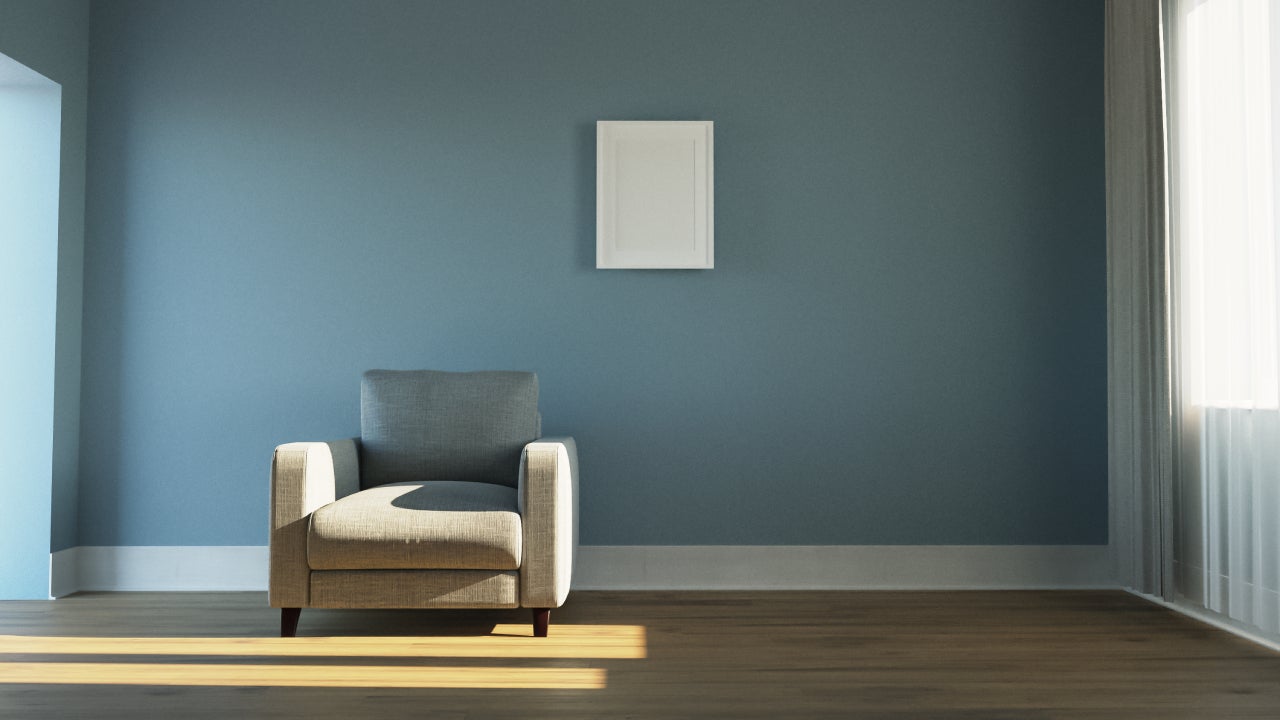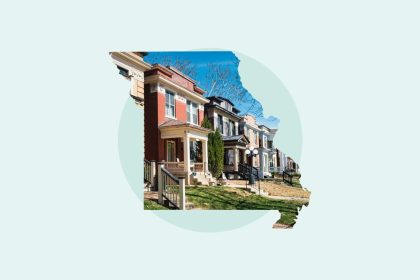You might think that vacant home insurance is cheaper than standard homeowners insurance, but vacant homes are riskier and more expensive to insure. If your home is empty because you’re doing repairs or you’re waiting to move into it, for instance, your home is at higher risk of damage or vandalism because you’re not there to maintain it or deter intruders. If you do need to file a claim, having vacant home insurance can protect you financially. To help you understand vacant home insurance and what it covers, Bankrate’s insurance editorial team explains who needs it, how to purchase it and more.
What is vacant home insurance?
Vacant home insurance is a type of property insurance that specifically covers homes that are not being lived in for an extended period, usually 30 days or more (although the period of time varies by company). Standard home insurance policies usually do not cover homes that are left vacant because a vacant home generally carries more risk of a claim than an occupied home. For example, vacant homes may be more likely to be vandalized than occupied homes. Additionally, if a storm hits, the damage could be worse than if a homeowner had time to prepare and act quickly to make temporary repairs.
Vacant home insurance can be obtained as part of an endorsement to your current home insurance policy or as a standalone policy. If you purchase vacant home insurance as its own policy, it is usually written as a DP-1 policy form. This policy form is not to be confused with a standard homeowners policy (HO-3) or a rental property policy (DP-3).
It’s also important to note that there is a difference between vacant and unoccupied homes. Homeowners intend to return to their unoccupied homes — like a seasonal residence — in the foreseeable future, whereas a vacant home is truly not being used for a significant length of time.
What does vacant home insurance cover?
Every property insurance company treats vacant home insurance differently. Generally, vacant property insurance under the DP-1 policy form covers the physical structure of your home against perils such as:
- Hail, fire and lightning
- Smoke
- Windstorm damage
- Explosions
- Riots and civil commotion
Keep in mind that a DP-1 does not usually offer personal property coverage or coverage for water damage. Vacant home insurance endorsements might include more coverage than a DP-1 policy, as it is an endorsement added to a standard homeowners policy. An insurance agent can help you understand the different coverage options available based on whether the insurer offers a separate policy or an endorsement to your current policy.
Who needs vacant home insurance?
Every insurance company has different criteria for what it considers to be a vacant home, including the length of time the property is empty. You may need vacant or unoccupied home insurance if you:
- Recently bought a house and are not planning to move in within 30 days
- Inherited property and do not intend to move into the home within 30 days
- Are selling your home and the personal property has been removed from the home
- Have moved out of your home and are preparing to use it as a rental in the future
- Are not living in your home while it undergoes extensive renovations
For homeowners who own their property outright, vacant home insurance is optional just like standard home insurance, although financial professionals still recommend purchasing a policy to financially protect yourself. But if you have a mortgage on your vacant home, your lender will likely require you to purchase vacant home insurance.
How to buy vacant home insurance
Buying vacant home insurance is similar to buying standard homeowners insurance. You might be able to purchase a standalone policy or endorsement through your existing homeowners insurance company. Here are the steps you should consider taking to buy empty house insurance:
Consider what you’re looking for from an insurance provider
Before you begin requesting quotes, it can help to identify your insurance priorities and think about a budget. For example, you might want a carrier that has a strong digital presence so you can manage your account online or you may want a company that has positive customer reviews and ratings. If your budget is tight, you might want to look for the company that offers you the cheapest policy. Knowing what you’re looking for can make the shopping process simpler.
Research the best vacant home insurance companies
Once you know what you’re looking for from an insurance company, it’s time to search for insurance carriers. The best vacant home insurance companies may not always be the cheapest vacant home insurance. Check to see if your home insurance provider offers an endorsement or standalone policy. If so, you might qualify for a policy bundling discount. If you want to buy a separate policy, shop around for providers that offer vacant home coverage in your state. Pay special attention to the coverage options, add-ons and discounts.
You may need to expand your search as not every carrier offers this form of home insurance in every state. Some companies, such as Farmers, American Family and Foremost, offer vacant home insurance.
Get quotes to find the cheapest vacant home insurance
The next step is to get quotes from the companies you researched. For the most accurate quote, call an agent and explain your situation. They can recommend an appropriate amount of coverage, help you choose your policy limits and see if you qualify for any discounts. Get quotes from a few different companies if possible so you can compare them and see which company is offering the best coverage for your needs at the best price. Vacant property insurance commonly costs as much as 50 or 60 percent more than a standard homeowners policy, so be prepared for a potentially hefty estimate.
Set up a policy
The last step is to finalize a vacant home policy or add the endorsement to your current policy for your coverage to be in effect. If you are setting up a vacant homeowners insurance policy to replace your standard homeowners insurance policy, make sure to avoid a lapse in coverage. Your insurance agent will guide you through the process of how to avoid a coverage lapse.
Is there a difference between vacant home and unoccupied home insurance?
Vacant homeowners insurance and unoccupied homeowners insurance are not the same. When a home is vacant, it usually requires a separate policy or endorsement to be adequately covered should an incident occur.
An unoccupied home means that the homeowner is away from the property but intends to return. The utilities are still hooked up, for example, and there is likely furniture within the home. In cases like this, generally, a standard homeowners insurance policy will be needed to cover the home. Seasonal or vacation homes are commonly unoccupied for part of the year, but aren’t truly vacant since the homeowner is still using the space. Check with your insurance company to see how long your home can be unoccupied before you would need vacant home insurance.
A vacant home, on the other hand, is one that is currently unused for reasons other than seasonality. A home may become vacant when it sits on the market for a period of time after the owners have moved out, if it is undergoing extensive and time-consuming renovations or if a rental home is between tenants for a significant length of time.
Reviewing the details of your personal situation with a licensed insurance agent will help you determine what type of homeowners insurance you need for your property.
Frequently asked questions
-
There are a lot of home insurance companies on the market, but which one is best depends on your needs. Some companies are known for offering the cheapest home insurance and others are good for discounts or customizable coverage. The best home insurance company for you is not necessarily the best option for your neighbor, which is why understanding your needs and shopping around is so important.
-
If you won’t be living in your home for a while, arrange for a friend or neighbor to check on it periodically. You might also want to invest in motion sensor lights that can deter intruders and smart home devices that can alert you to problems like break-ins, water leaks or fires. Consider purchasing a home security alarm system and place alarm system signs in your yard or windows. Don’t forget to hire someone to mow your yard and maintain your property. This keeps your home in good shape and can deter thieves from targeting your home.
-
Homeowners pay an average of $2,151 per year for $300,000 in dwelling coverage on standard home insurance. The average cost of home insurance for a vacant home is typically 50 to 60 percent more, which would mean potentially paying for $3,227 and $3,442 for the same amount of coverage. However, remember that insurance is highly personalized; providers look at several factors to determine your risk and set your rates. Some of these factors include your home’s size and condition, your age, your claim history and the location of the property. Before you purchase a policy, you might want to shop around for quotes from multiple providers so you’re confident that you’re getting the right coverage at a price that works for you.
-
For insurance purposes, homes are typically considered vacant after they have been unoccupied and standing empty for 30 to 60 days or more. It’s important to mention that by this definition, “vacant” means without personal property inside. If you go on an extended trip for work or leave your vacation home for the winter with your belongings still within, the property will likely not be considered vacant by insurance standards. If you’re unsure if your home would be considered vacant, talk to your insurance agent.
-
The cheapest insurance company will vary from person to person because providers look at unique factors to determine premiums. To help you find the cheapest vacant home insurance, request quotes from multiple insurance providers. Use the same coverage type and amount so you can do an even comparison. You might also ask insurers if they offer discounts that you may be eligible for.
Read the full article here


















